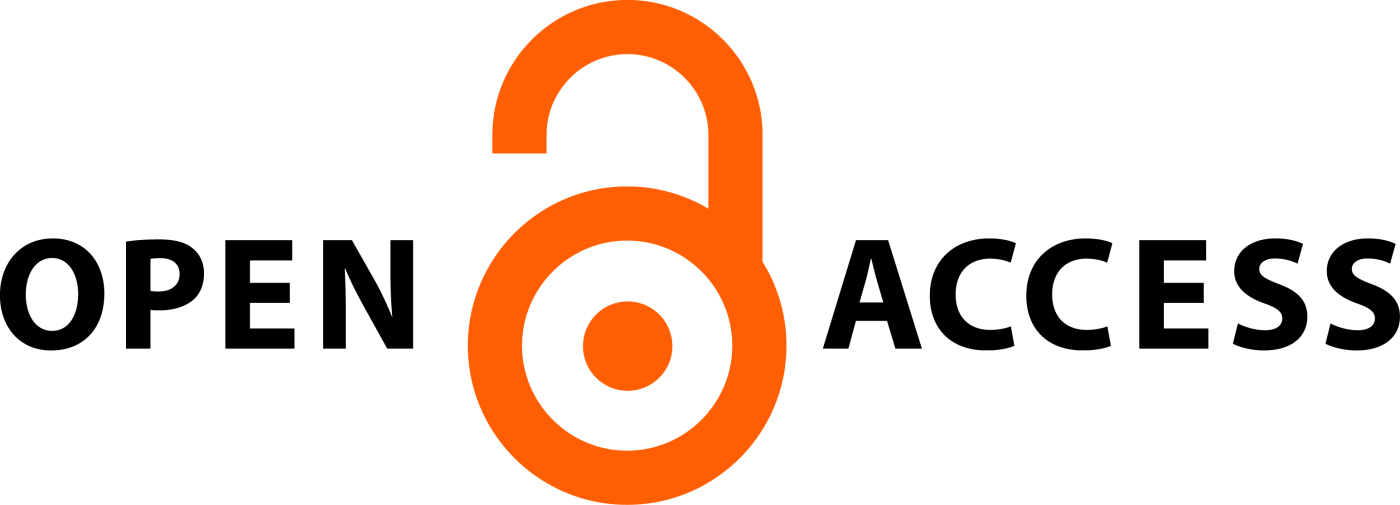PATIENT COUNSELING: A COMPLETE GUIDE FOR COMPLIANCE
Abstract
While drugs have the capacity to enhance health, they all have the potential to harm if prescribed inappropriately. For this reason, it is recommended that healthcare professionals who prescribe medications should exercise counseling, as general people have least idea and interest about healthcare settings, use of medicine and their untoward effects. Pharmacists have crucial role plays in both handling prescription and prescribing. A rational prescribing is the sole of patient safety, compliance and patient relief. Patients have an altered mental state mostly driven by emotional disturbance for being ill. Along with that cultural and economic factor gives rise to a question of out of the pocket expense. The sole of this article is to impart necessity of a professional’s assistance that help patient to understand his illness, benefit of treatment and a clear instruction to follow. Other than patients in this materialistic world, all are busy. Mostly prescribers avoid patient counseling and patients have their medication without maintaining proper guidelines. This article should impart an expression of reminder to all providers to be more patient to give more to their patients. Conversely general people should be careful about demanding full assistance of clear instruction for any drug or non-drug treatment procedure. The soul of this article was to detail about patient compliance and therapeutic drug outcomes after a comprehensive patient counseling. Along with students, researchers and professionals of different background and disciplines, e.g. Pharmacists, doctors, nurses, hospital authorities, public representatives, policy makers and regulatory authorities have to acquire much from this article.
Downloads
References
2. Rantussi MJ. Pharmacists Talking with Patients: A Guide to Patient Counseling. Second Edition Publisher: Lippincott Williams & Wilkins, Second Edition, 2006.
3. Hattingh HL, Emmerton L, Ng Cheong Tin P, Green C. Utilization of community pharmacy space to enhance privacy: a qualitative study. Health Expectations. 2015; 19(5):1098-110.
4. Tabor PA, Lopez DA. Comply With Us: Improving Medication Adherence Journal of Pharmacy Practice. 2004; 17 (3):167-181.
5. Yang S, Kim D, Choi HJ, Chang MJ. A comparison of patients' and pharmacists' satisfaction with medication counseling provided by community pharmacies: a cross-sectional survey. BMC Health Services Research. 2016; 16:131.
6. Eileen O. Clinical Empathy Key to Pharmacist-Patient Interactions. Pharmacy Times, March 2015. [Online]. Available: https://www.pharmacytimes.com/news/ clinical-empathy-key-to-pharmacistpatient-interactions. Accessed: October 15, 2018.
7. Web National Patient Safety Foundation (NPSF). Words to Watch-Fact Sheet, January 2016. [Online]. Available: https://c.ymcdn.com/sites/npsf.site-ym.com/resource/resmgr/AskMe3/Words-to-Watchdw nld.pdf. Accessed: October 15, 2018.
8. Dedeli O, Kaptan G. Spirituality and Religion in Pain and Pain Management. Health Psychology Research. 2013 (e29); 1(3): 154-159.
9. Florida Hospital. Guide to Religion and Culture in Healthcare, 2009. [Online]. Available: https://library.adu.edu/sites/default/files/guide_to_religion_and_culture_in_healthcare.pdf. Accessed: October 15, 2018.
10. Naik G, Ahmed H, Edwards AG. Communicating risk to patients and the public. British Journal of General Practice. 2012; 62(597): 213-216.
11. Walker HK, Hall WD, Hurst JW. Clinical Methods: The History, Physical, and Laboratory Examinations. 3rd Edition. Boston: Butterworths; 1990. [Online]. Available: https://www.ncbi.nlm.nih.gov/books/NBK 201/. Accessed: October 15, 2018.
12. Bush B. The Beginning of the Interview: Patient-Centered Interviewing. In: Auguste H. Fortin VI, Francesca C. Dwamena, Richard M. Frankel, Robert C. Smith. Smith's Patient-Centered Interviewing: An Evidence-Based Method, 3rd Edition; McGraw-Hill: 2012.
13. Justin JS. Counseling and Motivational Interviewing. In: Ellis AW, Sherman JJ. Community and Clinical Pharmacy Services: A Step-by-Step Approach; McGraw-Hill: 2013.
14. Chipidza F, Wallwork RS, Adams TN, Stern TA. Evaluation and Treatment of the Angry Patient. Primary Care Companions for CNS Disorders. 2016;18(3): 11-18.
15. Doak CC, Doak LG, Root JH. Teaching patients with low literacy skills, 2nd Edition. Philadelphia: J.B. Lippincott, 1996.
16. Tarn DM, Paterniti DA, Wenger NS, Williams BR, Chewning BA. Older patient, physician and pharmacist perspectives about community pharmacists' roles. The International Journal of Pharmacy Practice. 2012; 20(5):285-293.
17. Tong S, Robert C. A patient who refused medical advice: the doctor and the patient should look for a common ground. Malaysian Family Physician. 2007; 2(3):110-113.
18. Ellickson P, Stern S, Trajtenberg M. Patient Welfare and Patient Compliance- An Empirical Framework forMeasuring the Benefits from Pharmaceutical Innovation. In Cutler DM, Berndt ER. Medical Care Output and Productivity; University of Chicago Press: 2001.
19. Cushing A, Metcalfe R. Optimizing medicines management: From compliance to concordance. Therapeutics and Clinical Risk Management. 2007; 3(6):1047-58.
20. Francis J, Abraham S. Clinical pharmacists: Bridging the gap between patients and physicians. Saudi Pharmaceutical Journal. 2014; 22(6):600-602.
All the articles published in JAPSR are distributed under a creative commons license (CC BY-NC-SA 4.0)
Under this license, you are free to:
- Share- copy and redistribute the material in any medium or format for any purpose, even commercially.
- Adapt- remix, transform, and build upon the material for any purpose, even commercially.
The licensor cannot revoke these freedoms as long as you follow the license terms.
- Attribution — You must give appropriate credit , provide a link to the license, and indicate if changes were made . You may do so in any reasonable manner, but not in any way that suggests the licensor endorses you or your use.
- NonCommercial — You may not use the material for commercial purposes .
- ShareAlike — If you remix, transform, or build upon the material, you must distribute your contributions under the same license as the original.
- No additional restrictions — You may not apply legal terms or technological measures that legally restrict others from doing anything the license permits.
Copyright policy
The journal allows the author(s) to hold the copyright of their work. That means the authors do not need to transfer the copyright of their work to the journal. However, the authors grant JAPSR a license to publish the article and identify itself as the original publisher.
Licensing policy
The journal allows the author(s) to hold the copyright of their work. That means the authors do not need to transfer the copyright of their work to the journal. However, the authors grant JAPSR a license to publish the article and identify itself as the original publisher.






